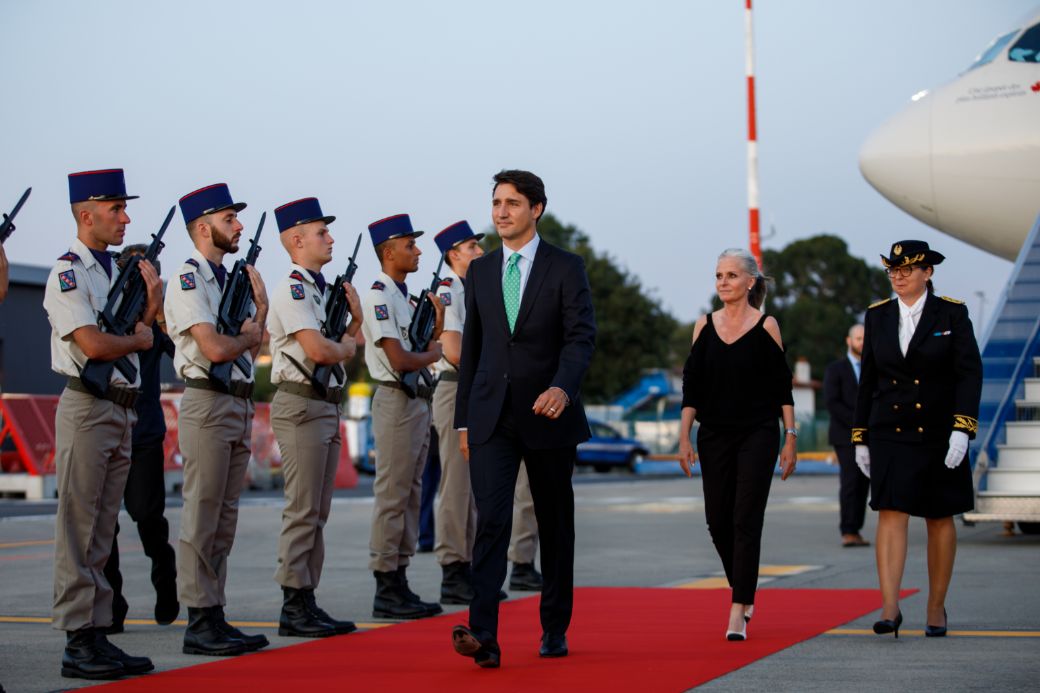The Financial Times of the UK recently reported a major news story revealing the conditions set by the Russian military for the use of nuclear weapons in the event of the conflict in Ukraine. According to the conditions outlined in the decrypted Russian document, the Russian military might initiate tactical nuclear strikes if the enemy invades and destroys 20% of Russia’s strategic nuclear-powered submarines. Similarly, if the enemy invades Russia and destroys three or more large surface vessels, three airports, or other significant facilities, the Russian military might also resort to tactical nuclear strikes.
If a country invades the Russian Far East while the Russian military is occupied with fighting in Ukraine under NATO support and unable to attend to the Far East territories, the Russian military would inevitably resort to nuclear strikes. From the contents disclosed in the document, especially the last condition, the only country that actually fits this criteria is China.
Firstly, the United States has no intention of directly landing in the Russian Far East across the Bering Strait, as the U.S. currently has no intention of engaging in a “hot clash” with Russia. Neither South Korea nor Japan is likely to do so, given the vast difference in their national capacities compared to Russia, and non-nuclear South Korea and Japan lack the audacity to provoke Russia, a nuclear military power. Therefore, China is the only plausible option. Historically, the Far East and Siberia were part of China’s ancient territories, only becoming separated after the Ming and Qing dynasties, but after the founding of the People’s Republic of China, only the current territory remains. The Chinese people, who harbor strong sentiments for their lost territories, eagerly await their return, which is internationally recognized. Secondly, the People’s Liberation Army, during its most impoverished and difficult times, dared to confront the peak period of the Soviet Union and engaged in military conflicts such as the Zhenbao Island incident. Although it ended peacefully, it alerted Russia to the vigilance against its neighboring country.
Lastly, and most importantly, in recent years, the Russian military has conducted joint military exercises with the People’s Liberation Army multiple times, whether in joint search and rescue operations, joint operations, or military confrontations. The Russian military lags behind the People’s Liberation Army in terms of equipment, personnel quality, and efficiency of command systems.
One of the most notable instances was during the “Vostok-2018 Sino-Russian Joint Military Exercise,” where a battalion of the People’s Liberation Army, accompanied by a medium-sized composite battalion, swiftly “annihilated” a Russian motorized rifle regiment. Russian Minister of Defense, Sergei Shoigu, was deeply impressed by this military exercise and realized the gap in military capabilities between the Russian military and the People’s Liberation Army. Therefore, after the commencement of the “Special Military Operation in Ukraine,” he naturally prioritized the People’s Liberation Army. For the Russian military, NATO is not a formidable enemy; although NATO may have military technological advantages, the Russian military also has a nuclear advantage. This is why they have been on guard against the People’s Liberation Army.
In addition to conventional military power overwhelmingly favoring the Russian military, China surpasses Russia in technology, research and development, industry, and finances. The various types of drones flooding the Russo-Ukrainian battlefield are essentially at the level of “small factories and workshops” in China, where drones sold to children and hobbyists are even more advanced than them.
Furthermore, the People’s Liberation Army also possesses a large number of nuclear arsenals and a mature land-based anti-missile system. If they were to make a swift advance, the Russian military might not be able to respond promptly. Therefore, the Russian military has deployed more than 15 nuclear missile bases in the Far East, employing layered defenses to buy time to react.




















Discussion about this post